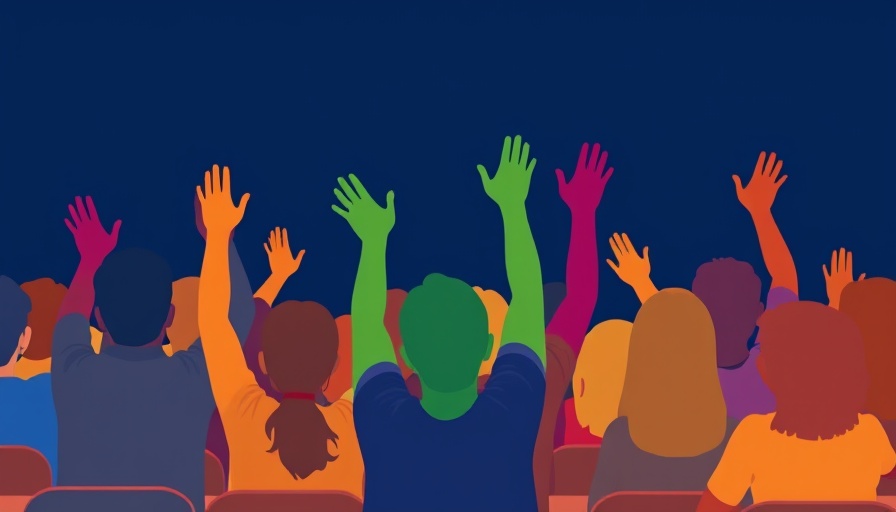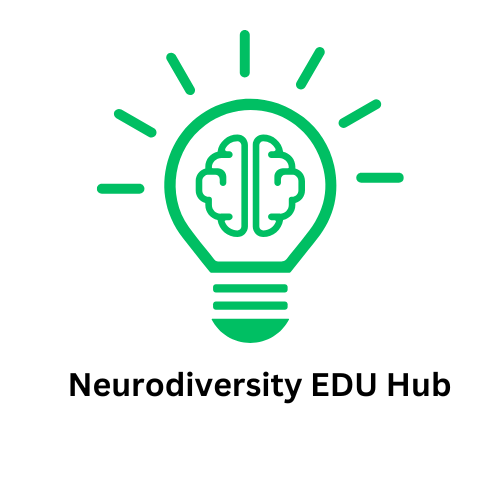
Unlocking the Benefits of Social-Emotional Learning: A Teacher's Dream
Social-emotional learning (SEL) is more than just a buzzword in education; it's a transformative approach aimed at cultivating essential skills within students. From emotional regulation to problem-solving, SEL enriches the educational landscape for children from preschool through high school. Teaching students to navigate their emotions and social interactions fosters not only better academic performance but also a greater sense of belonging.
According to an extensive meta-analysis encompassing over half a million students globally, participation in SEL programs yields significant advancements in self-esteem, optimism, and perseverance. The review not only illustrates the academic advantages but also underscores the cost-effectiveness of such programs, making them invaluable across diverse socioeconomic and cultural backgrounds.
The Current Landscape: Training Deficiencies
Despite the remarkable benefits associated with SEL programs, a glaring gap persists in teacher training. A recent survey revealed that while 70% of educators claimed familiarity with SEL, a staggering 69% procured their knowledge independently, rather than through structured training provided by their schools. Only 45% reported receiving any formal training, and dissatisfaction with this training remains prevalent, with only 27% expressing satisfaction with its implementation.
Feedback from teachers paints a concerning picture: "We had a very brief meeting at the start of the year, maybe for an hour," one educator shared, emphasizing the brevity and lack of depth in their SEL training. Another echoed similar sentiments about a lack of adequate follow-through in professional development meetings.
Challenges Educators Face in Implementing SEL
The hurdles educators encounter when implementing SEL curricula are multifaceted. Among the responses surveyed, 65% cited time constraints as a significant challenge, while 44% pointed to inadequate training. Furthermore, additional barriers included a lack of resources (41%) and unclear guidelines for effective SEL implementation (38%). As teachers strive to integrate SEL into their classrooms, they also grapple with demands related to standardized test preparation (26%) and engaging students (22%). The cumulative impact of these factors creates a challenging environment for effective SEL integration.
Transforming Classrooms: The Value of SEL
Despite the obstacles, many teachers are witnessing the remarkable difference SEL can make in their classrooms. One teacher noted, "Noticing how I’m feeling deeply impacts the tone of my classroom. When I stop to breathe, I can stay in my executive brain and make healthier decisions." This sentiment is echoed by school psychologists who advocate for embedding SEL within the curriculum, emphasizing its role in enhancing self-awareness and social awareness among students.
Future Predictions: A Growing Emphasis on SEL
As the education landscape continues to evolve, the emphasis on social-emotional learning is poised to grow even more paramount. The recognition of its benefits is prompting educational institutions to reevaluate their approaches, aiming to create balanced curricula that address not only academic needs but also emotional and social development. The future beckons a holistic education model, where the mental well-being of students is given as much importance as academic achievements.
Actionable Insights for Educators
Educators looking to implement SEL effectively can start by prioritizing time for emotional check-ins within their classrooms. Small yet significant practices, such as mindfulness activities and structured social interactions, can pave the way for a more engaging classroom environment. Additionally, seeking out professional development opportunities focused on SEL can equip teachers with necessary strategies to foster emotional intelligence in their students.
In conclusion, the transformative power of **social-emotional learning** can reshape classrooms into hubs of emotional well-being and academic achievement. As educators, the responsibility lies in advocating for better training and embedding SEL into daily practices. Take a step today towards enriching the emotional landscape of your classroom—one conversation, one breath, and one lesson at a time.
 Add Row
Add Row  Add
Add 




Write A Comment